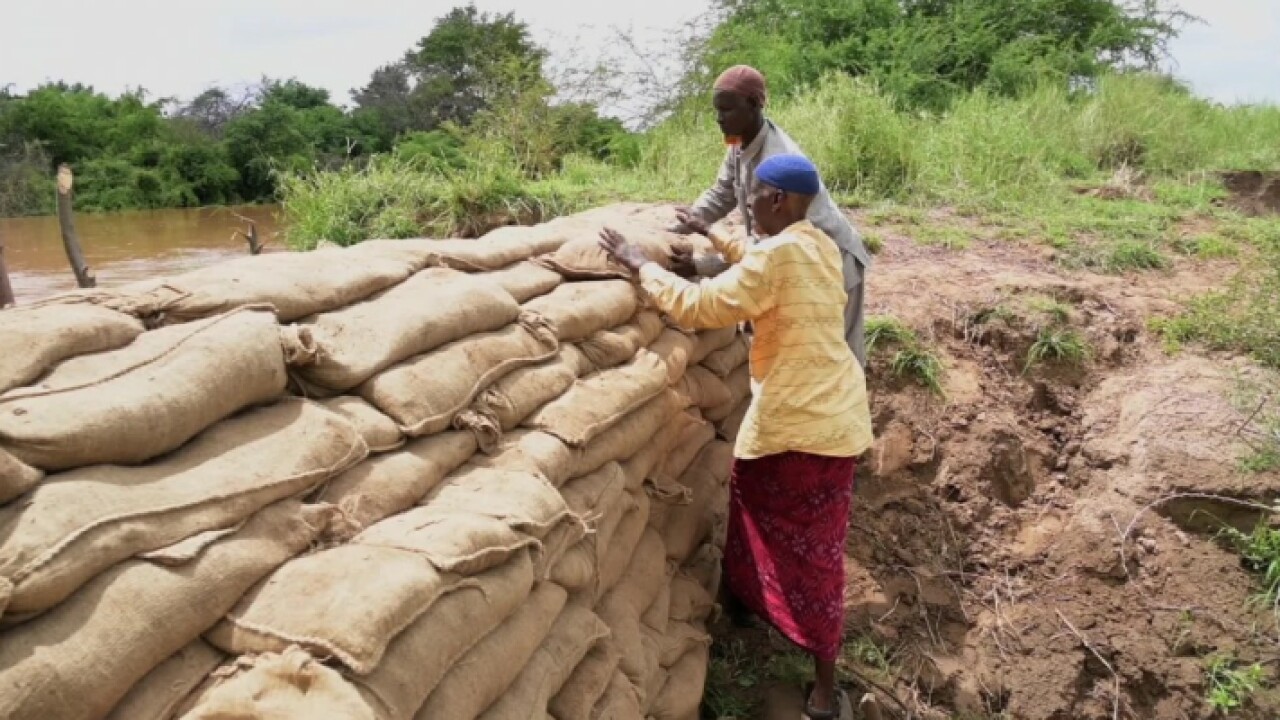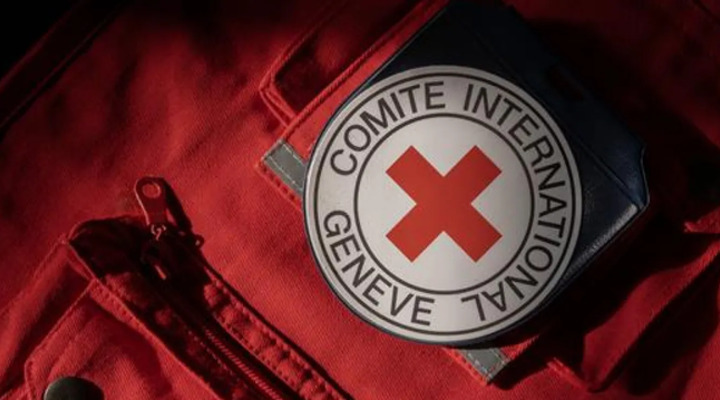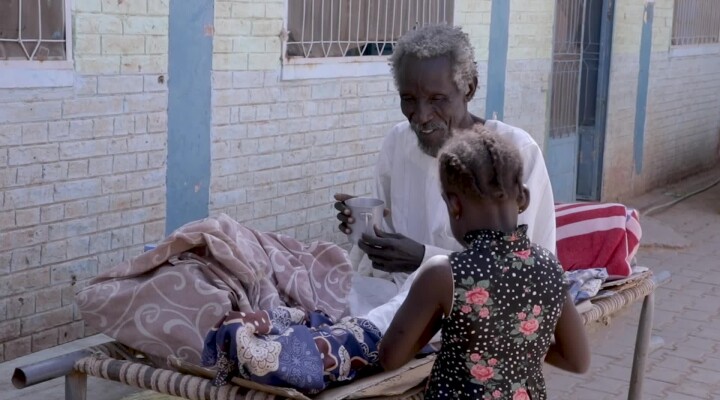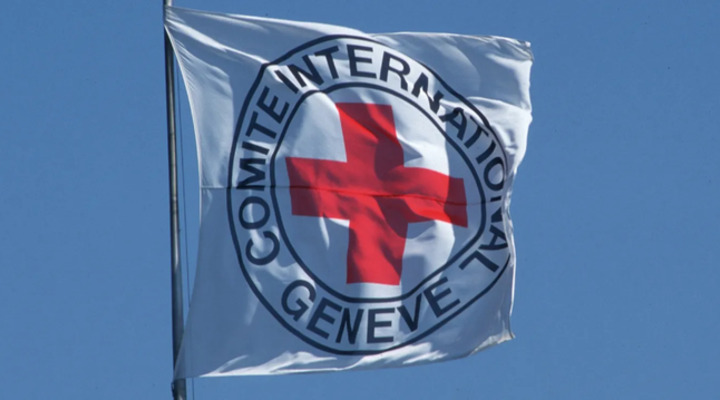Somalia: Farmers fight fears of El Nino floods; ICRC delivers 75,000 sandbags

This is a modal window.
For weeks, forecasts have warned of increased rains due to El Nino this season, with a 90% chance it will trigger severe flooding in the Horn of Africa. In Somalia, where the planting season just started, farmers have barely recovered from one of the harshest droughts in years and yet again find themselves faced with another climatic event they have no control over. The International Committee of the Red Cross (ICRC), together with the Somali Red Crescent Society (SRCS) are working closely with communities to help them prepare for potential floods.
According to humanitarian figures, an estimated 1.6 million people in Somalia will likely be affected because of the floods while 1.5 million hectares of land around the two main rivers - Juba and Shabelle - are at a high risk of being inundated by flood water.
“It [floods] is a very dangerous scenario. Sometimes it kills people. Your livelihood is swept away, and you have to start from scratch,” says Abdullahi Hassan, a farmer from Beledweyne, a flood prone town in the central Hirshabelle region of Somalia.
“You come back to bare soil.”
This year's Gu rains in March triggered floods that wreaked havoc, particularly in Beledweyne and some parts of Jubaland region. More than 400,000 people were displaced. The floodwaters submerged homes and farms, washed away livestock, forced the temporary closure of schools and health facilities, and damaged roads. It is feared that the coming rains could be far worse.
The frequency of these weather events coupled with Somalia’s enduring conflict is making life difficult for communities in Somalia. Conflict has been the primary driver of displacement in the country this year.
“The interaction between weather events, conflict, and climate change is not a fantasy. It is a reality we see every single day. Climate change does increase conflict and suffering for people,” admits Pascal Cuttat, who is the head of the ICRC in Somalia.
The ICRC is working closely with the Red Cross Red Crescent (RCRC) Climate Centre to strengthen its preparedness in anticipation of the floods. To help communities prepare for the floods, the ICRC has distributed close to 75,000 sandbags across the country as an emergency measure.
Abdullahi is one among the 200 farmers in Beledweyne who received sandbags to protect their farms from river water. He hopes that the rains are not as harsh as anticipated and will be beneficial for his crop production.
“My whole family is dependent on this farm. I cannot leave because people are saying something is coming. We have to see with our eyes if El Nino will come. We have stopped planting for now. When the floods come, we will rescue what we can” he adds.
ICRC Flood Response
- Over 74,700 sandbags have been distributed to communities
- 24 manual water treatment kits have been prepositioned
- 4 mechanical water treatment units have been prepositioned
- Medical supplies to treat Acute Water Diarrhea provided to 26 SRCS clinics
- 49,000 household hygiene kits, each containing a mug, a mosquito net, a 20 litre jerry can, a bucket, soap, 20 water purifying tablets and a sanitary pad set have been prepositioned
For further information, please contact:
Abdikarim Mohamed, ICRC Somalia, +254 770 171 756, mabdikarim@icrc.org
Florian Seriex, ICRC Nairobi, +254 110938077 fseriex@icrc.org
SHOTLIST
Location: Beledweyne and Jowhar
Language: Somali
Length: 6:12
Format: mp4, h.264
Producer: Abdikarim Mohamed, Anisa Hussein
Camera: Eric Chege
Editor: Eric Chege
Filming date: 25/10/2023
Copyright: ICRC access all
00:00 – 00:13: Aerial shots of Beledweyne town and River Shebelle.
00:14 – 00:26: Shots of River Shebelle in Beledweyne town.
00:27 – 00:35: Wide shot of people preparing and packing sandbags in Beledweyne.
00:36 – 01:05: Medium and close-up shots of people preparing and packing sandbags.
01:06 – 01:37: Pascal Cuttat, ICRC Head of Delegation - Somalia
“Part of what we can do as a humanitarian organization with regard to preparation for severe weather events is for example to distribute sandbags, to make trainings on how best to use them, to protect people’s lives, to protect people’s property. Weare looking after our own offices so that we can continue working and after our own staff as well. We are doing all of that together with the Somali Red Crescent Society, who is a partner for many years in all the work we are doing in this country.”
01:38 – 02:07: Various shots of people reinforcing a water well with sandbags.
02:08 – 02:29: Abdullahi Hassan, Resident - Beledweyne
“It is a very dangerous scenario. Sometimes it kills people. Your livelihood is swept away, and you have to start from scratch. You come back to bare soil.”
02:30 – 02:56: Various shots of people digging canals as part of flood preparations in Jowhar.
02:57 – 03:04: Shot of a canal.
03:05 – 03:37: Pascal Cuttat, ICRC Head of Delegation - Somalia
“The interaction between weather events, conflict, and climate change is not a fantasy. It is a reality we see every single day. Climate change does increase conflict and suffering for people living in Somalia. For now, what we are doing as a humanitarian organization in this kind of situation and in this area is that we prepare. We prepare to protect our operations, our people but also, we prepare assistance material for the people who will be affected by floods if they come.”
03:38 – 03:59: Wide shots of farmers using sandbags to protect their farms from flooding on River Shebelle.
04:00 – 04:19: Medium and close-up shots of farmers using sandbags to protect their farms from floods.
04:20 – 04:48: Abdullahi Hassan, Resident - Beledweyne
“My whole family is dependent on this farm. I cannot leave because people are saying something is coming. We have to see with our eyes if El Nino will come. We have stopped planting for now. When the floods come, we will rescue what we can.”
04:49 – 05:11: Various shots of crops planted by farmers along River Shebelle in Beledweyne.
05:12 – 05:56: Pascal Cuttat, ICRC Head of Delegation - Somalia
“Information about what might come is crucial for the people who live in remote areas. We are working through radios, but we are also working through direct messaging by and with the Red Crescent Society to inform people what might come and what they can do to protect themselves. They have been hit several times over the last few years, they are vulnerable, not because they choose to be but because the environment is harsh. They are opportunities if it rains to plant, to sow and to reap the harvest but the fear is that the water goes beyond that and that they will have to cope in different ways again and again and again.”
05:57 – 06:12: Various shots of farmers with farm produce.



